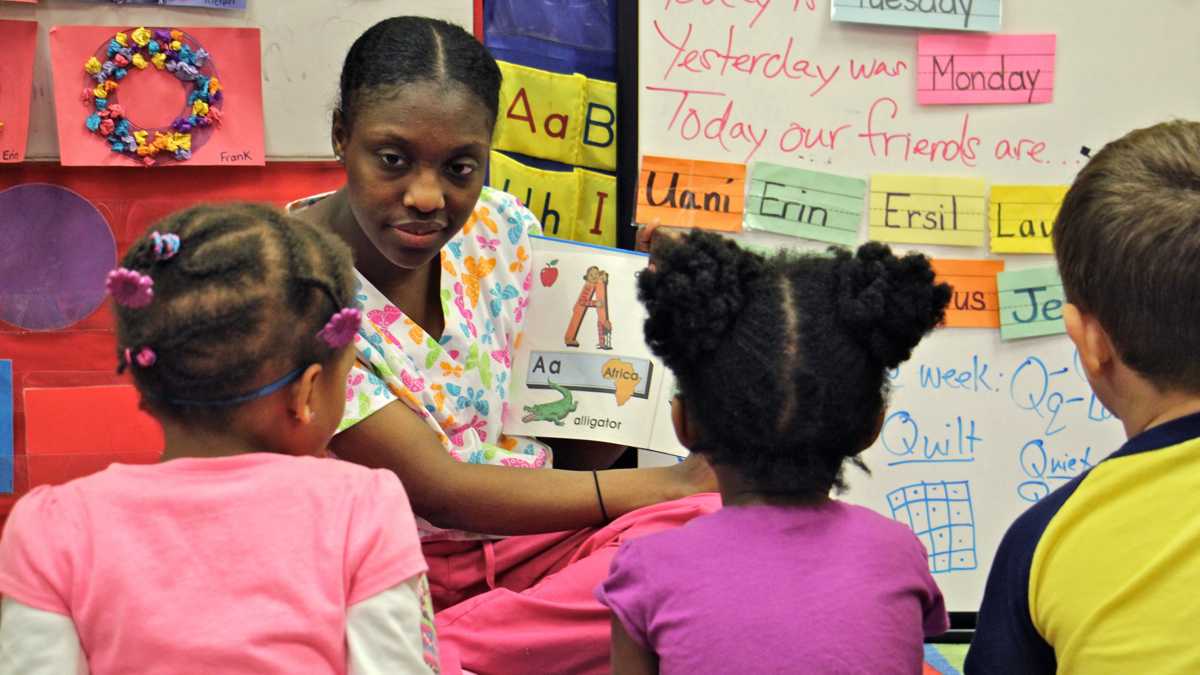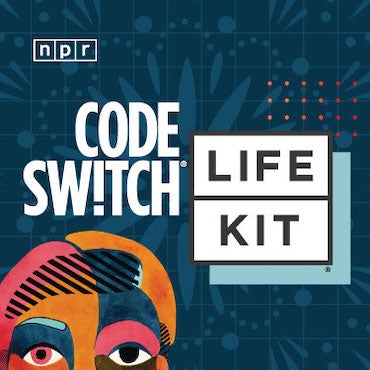New pre-K study finds ambitious programs bring big returns on investment

(Emma Lee/WHYY)
Pre-K advocates in Philly and elsewhere often argue that government investment in early childhood education pays societal dividends in the long run. New research by a prominent academic puts a number on those dividends, and it’s a big one.
In a study published today, Nobel-Prize-winning economist James Heckman from the University of Chicago and colleagues broke down decades of data from a group of 30-somethings who attended two North Carolina early childhood programs in the 1970s. They found that every dollar spent on this cohort of kids created $6.30 in return on investment. Or to put it in terms a stockbroker might understand, the childcare program produced annual returns of 13 percent — the kind of figure that tends to make Wall Street types swoon.
Part of what distinguishes this study — other than the fact that it comes from an academic heavy-hitter — is that it factors in a wide range of perceived benefits. The researchers used data detailed enough to calculate whether placement in one of the two child care programs increased the future earnings of participants, boosted their parents’ earning potential, improved participants’ health, and reduced the likelihood participants would commit crimes.
The final return-on-investment figure took all of those benefits into account and spit out a composite number.
The study also found that the two North Carolina programs managed to boost participants’ IQ and that the boost sustained itself into adulthood. That’s critical, Heckman said, because many argue that the positive association of quality early care diminish over time. At least in the example of these two programs, that has not proved to be the case.
“So this is a program that starts early, it intervenes, it gives children enriched environments, it builds autonomy — both for the parent and for the child,” said Heckman.
So can Philadelphians expect a similarly huge return on the $23 million the city just sunk into its pre-K expansion initiative?
Not exactly.
Philly’s program, financed through the introduction of a sweetened beverage tax, will go toward programs for 3- and 4-year olds.
The programs Heckman studied lasted from birth through age 5 and were intensive. Children attended 50 weeks out of the year for 8-to-9 hours a day. The North Carolina initiatives also cost $18,514 annually for each child. The city’s annual pre-K subsidy checks in at $8,500 per child, although that money can be layered on top of other subsidies to improve quality.
Heckman said the North Carolina initiatives are “prototypical” early childhood programs that have been replicated in Australia and Canada. The North Carolina programs served largely single-parent household, and, like Philadelphia’s pre-K initiative, targeted low-income families.
It is difficult, Heckman said, to map the conclusions from his study onto pre-K expansion initiatives such Philadelphia’s because the program he and his team studied covered a different age range.
He did, however, say that public policy literature and analysts have “underestimated the importance of the very early years.” He lamented that the conversation around expanded pre-K has “ossified” around 3- and 4-year-olds because he suspects quality programming for infants to 3-year-olds delivers greater gains in terms of brain development.
“If you look at IQ growth a lot of is occurring in the very early years,” he said.
One of the study’s more intriguing findings centered on how boys and girls benefit differently — and to varying extents — from early learning.
The research found that girls benefited more from the North Carolina programs than boys. However, boys still benefited and their benefits saved society more money in the long term. That’s because male participation in the programs reduced the future likelihood of crime and health problems, both of which come with high societal costs. Females, meanwhile, saw their benefits “concentrated in education, employment, and minor crimes.”
Boys who didn’t participate in the program fared better if they simply stayed at home during those formative years. Attending a lower quality, out-of-home child care center actually hurt their long-term prospects. The opposite was true for girls, who were better off in a poor day care facility than they were in home care.
WHYY is your source for fact-based, in-depth journalism and information. As a nonprofit organization, we rely on financial support from readers like you. Please give today.





